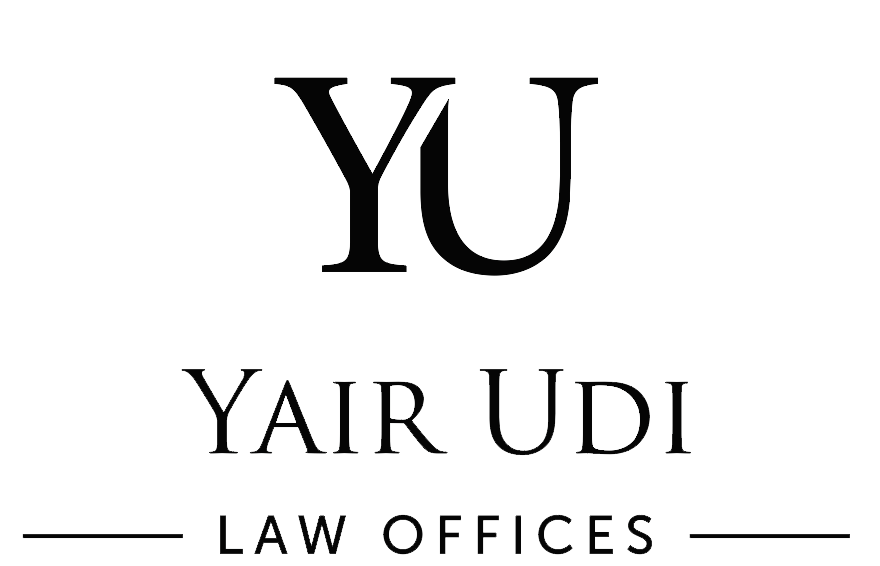SAFE and Convertible Notes are the two most preferred investment options popular among startup founders and investors during seed funding rounds. SAFE is basically an agreement that startups use to raise seed funding which in turn allows investors to buy equity at a later stage. On the other hand, convertible notes are considered short-term debt instruments that convert into equity.
Both SAFE and convertible notes provide a feasible option to help startups raise funds, but both have different characteristics and key differences. This article aims to analyze the nature of SAFE and convertible notes and compares them based on various parameters.
Convertible notes are debt instruments, and they carry an interest rate that is payable by a startup to the investors. The rate varies between 3%-8%, which creates additional liability for startups.
Whereas SAFEs are not loans, they are defined as a capital instrument with certain preferences over equity, implying that they don’t carry any interest rate or behave like a classic loan, but rather as a classic preferred equity. Thus they don’t create any additional liability.
Convertible notes also bear a maturity date. On reaching the maturity date, the company must either repay the principal amount along with interest or convert the debt into company stock. Thus, it could create urgency for startup founders, especially when they are not making enough profit. On the other hand, a SAFE does not have a maturity date and thus provides more flexibility to the startups.
Another significant difference between SAFE and convertible notes is based on different points of conversion. SAFE provides a particular conversion method, whereas convertible note prescribes different conversion terms. SAFE tend to convert into equity during the next round of financing. On the other hand, convertible notes carry different thresholds for triggering conversion, like:
- When both company and investor agree on the conversion
- On the occurrence of the qualifying transaction (usually mandatory conversion)
- When a minimum amount is raised by the company
- On maturity
- On a non-qualifying transaction (usually investor discretion)
SAFE offers simplicity, whereas convertible notes are much more intricate and lengthy. SAFE is a simple, standardized agreement that contains 5-6 pages. It involves fewer terms, provisions, and contingencies compared to convertible notes.
SAFEs are considered more founder-friendly, whereas investors mostly prefer convertible notes because they are more restrictive for startup founders as they have a maturity date and interest rates that also require renegotiation to extend.
SAFEs are also found easy to implement as they are mostly never modified, whereas convertible notes are comparatively hard to implement. Unity by itself helps startups better manage their equity into a clear series of convertible instruments, thus accurately predicting how each behaves.
Both SAFE and convertible notes contain a clause regarding early exits, which ensures payouts for the investors in case of change in control before conversion. In the case of SAFE, the investor has an option of conversion at 1×payout or equity at valuation cap. On the other hand, in the case of convertible notes, 2×payouts are more common.
Convertible Notes carry another essential term that is valuation cap. Valuation cap helps determine the maximum valuation at which the convertible debt converts into equity. Both SAFE and Convertible notes may have a valuation cap that requires negotiation with the investors.
From the above discussion, it can be concluded that both SAFE and convertible notes have some major differences, and there is no concrete answer which implies that one is better than the other. Both have an equal share of pros and cons, and both should be preferred owing to the specific business requirements. At the same deep understanding of the pros and cons of both convertible financings will help you make a better choice. Henceforth, startup founders and investors must be aware of these differences and evaluate these factors before choosing one.
DISCLAIMER
This content is brought to you for informational purposes only, you should not construe any such information or other material as legal, tax, investment, financial, or other advice. Nothing contained on this website constitutes a solicitation, recommendation, endorsement, or offer by any person or any third party service provider to buy or sell any securities or other financial instruments in this or in in any other jurisdiction in which such solicitation or offer would be unlawful under the securities laws of such jurisdiction.
THIS ARTICLE IS PROVIDED FOR INFORMATIONAL PURPOSES ONLY AND DO NOT CONSTITUTE LEGAL ADVICE. THIS ARTICLE IS PROVIDED WITHOUT ANY WARRANTY, EXPRESS OR IMPLIED, INCLUDING AS TO ITS LEGAL EFFECT AND COMPLETENESS. THE INFORMATION SHOULD BE USED AS A GUIDE AND MODIFIED TO MEET YOUR OWN INDIVIDUAL NEEDS AND THE LAWS OF YOUR STATE, BY INDEPENDENT COUNSEL YOU RETAIN. YOUR USE OF ANY INFORMATION CONTAINED IN THIS ARTICLE, IS AT YOUR OWN RISK. WE, OUR EMPLOYEES, CONTRACTORS, OR ATTORNEYS WHO PARTICIPATED IN PROVIDING THE INFORMATION CONTAINED HEREIN, EXPRESSLY DISCLAIM ANY WARRANTY, AND BY DOWNLOADING OR USING OR RELYING ON THIS ARTICLE; NO ATTORNEY-CLIENT RELATIONSHIPS ARE CREATED. DO NOT USE THIS ARTICLE WITHOUT AN INDEPENDENT LAWYER YOU HAVE SPECIFICALLY RETAINED FOR SUCH PURPOSE.
© 2022 Yair Udi – Law Offices. All rights reserved

